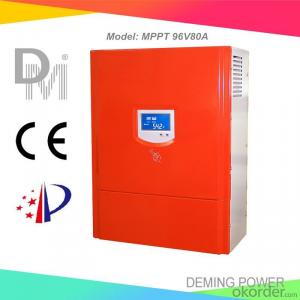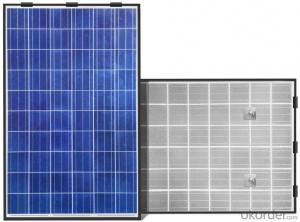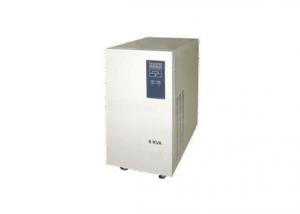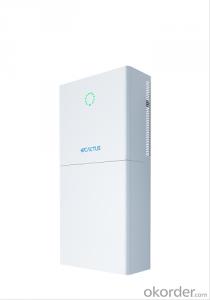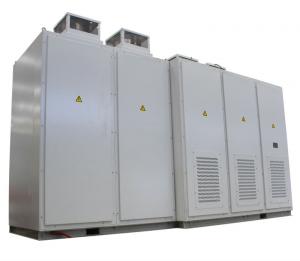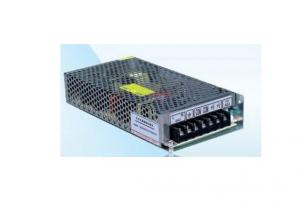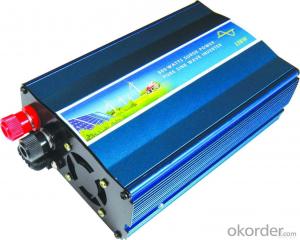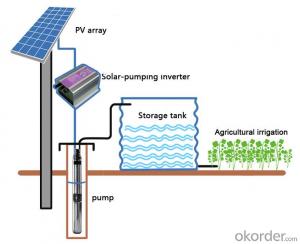10kva Inverter Solar System
10kva Inverter Solar System Related Searches
10kva Solar Inverter Solar Inverter 10kva 10kw Inverter Solar 10kv Solar Inverter 10kw Solar Inverter 10kw Solar Power Inverter 10 Kva Solar Inverter 10kva Solar Hybrid Inverter Solar Inverter 10kw China 10kva Solar Inverter Solar Power Inverter 10kw 10k Solar Inverter 10kw Solar Hybrid Inverter 10kw Hybrid Solar Inverter Solar Inverter 10 Kw 10 Kva Hybrid Solar Inverter 10kva Solar Inverter Price Hybrid Solar Inverter 10kw Solar Inverter Hybrid 10kw 10kv Solar Inverter Price 10 Kw Hybrid Solar Inverter Solar Inverter 10kw Price 10kw 3 Phase Solar Inverter 10kw Solar Inverter Price Best 10kw Solar Inverter 10 Kva Solar Inverter Price 10kw Solar Edge Inverter 5kva Inverter Solar System Abb 10kw Solar Inverter 10000w Solar Inverter10kva Inverter Solar System Supplier & Manufacturer from China
The 10kva Inverter Solar System is a comprehensive solution designed to harness solar energy and convert it into usable power for various applications. This system includes essential components such as solar panels, inverters, batteries, and charge controllers, all working together to provide a reliable and efficient power source. The 10kva Inverter Solar System is particularly beneficial in areas where access to traditional power sources is limited or unreliable, making it an ideal choice for both residential and commercial use.The 10kva Inverter Solar System is widely used in various scenarios, such as off-grid homes, remote businesses, and emergency backup power systems. It is also suitable for powering communication towers, streetlights, and other infrastructure that requires a continuous power supply. This system offers a clean and sustainable alternative to fossil fuels, reducing environmental impact while providing a dependable energy source. The versatility of the 10kva Inverter Solar System makes it a popular choice for those looking to invest in renewable energy solutions.
Okorder.com is a leading wholesale supplier of the 10kva Inverter Solar System, offering a vast inventory of high-quality products at competitive prices. With a commitment to customer satisfaction and a focus on providing the latest technology, Okorder.com ensures that customers receive the best possible experience when purchasing their 10kva Inverter Solar System. By partnering with reputable manufacturers and maintaining a large inventory, Okorder.com is able to deliver the products customers need in a timely and efficient manner, making it a trusted source for all solar power system requirements.
Hot Products








